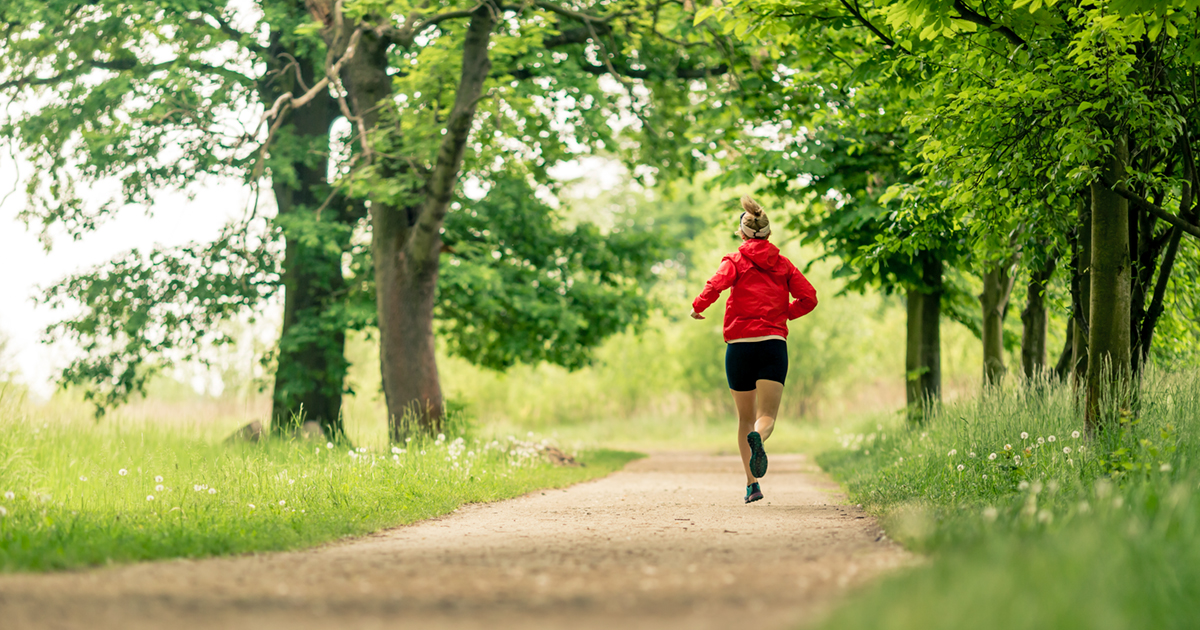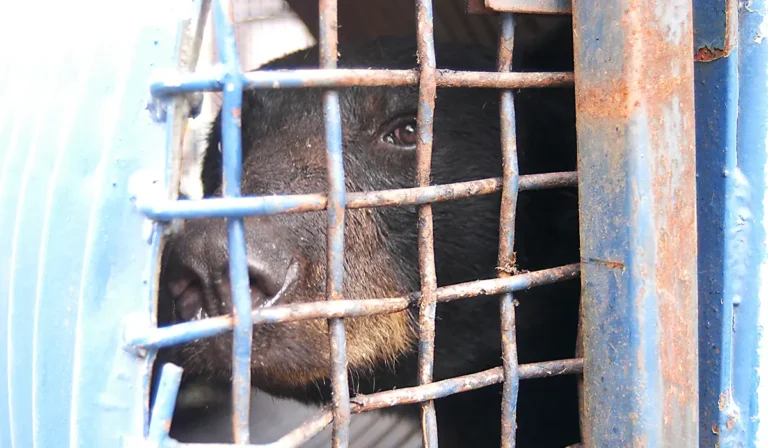
I was out for a Saturday 5K down a fire road in cottage country Ontario. I heard a strange sound to my left and a flurry of motion. Without stopping (gotta keep that pace going), I turned and saw, with the aggression of their Mesozoic ancestors, a wild turkey charging me. Instinct, along with numerous viewings of Jurassic Park as a child, told me to run. Instead, I slid to a stop, pivoted and took one step at the turkey with all the might I had.
I didn’t know turkeys could say, “Oh, sh!t,” or have an expression that said the same. It caught her in her tracks, and we eyeballed each other for a moment, before she turned and gobbled into bush like a crazed Muppet; I resumed my run; the turkey came gobbling out at me like Kermit, late for curtain call; I stopped. This went on two more times before Terry the Turkey finally left me alone.

This story is more fun when I say the turkey attacked me. The reality is the turkey bluff charged me the same way black bears have, for the same reason that coyotes have followed me, and off-leash dogs have come close to biting me: because I was running past them.
It is easy to assume, and for comedic purposes much more enjoyable, that I was a victim in the turkey incident. But by forcing a perspective change – thinking of a strange man, potentially dangerous, running through my yard while my family is nearby – the idea of being chased away or followed seems less like an attack, and more like a reasonable thing for a parent to do.
Black bears, by and large in my experience, run away the moment I appear; but having them clap their jaws and stomp their feet at a distance can seem menacing; Eastern coyotes, whom I’ve chased away from people-laden places, can follow and watch with an eerie silence; even raccoons, when encountered in dark urban alleyways, can hiss and flash sharp teeth sufficiently to give a person pause.
Whether running in nature or walking down an alley, there are a few tips to follow that make such encounters amusing anecdotes and not harrowing media articles:
- Be aware. Don’t limit your senses with headphones and too-dark glasses; I run with one earbud tucked into my shirt and polarized glasses that protect from the sun but don’t blind to movement.
- Stop running. Most of the time, wildlife chases or follows simply because a person is running or moving quickly. But stopping and turning to face the animal, you can end that behaviour; be big and noisy, so long as the wildlife has a place to escape. Once they’ve backed off or you’ve created adequate space, resume moving.
- Learn the basics. Many reports on negative encounters with wildlife stem from being unaware of the presence of wildlife, having off-leash pets, and not knowing how to respond to such an encounter. The Fur-Bearers’ Living With Wildlife section offers great tips, and many jurisdictions have community-based information, too, on what wildlife you may encounter and how to respond safely.
- Have the right tools. If you’re in a place where bears commonly live, it behooves you to learn how to use bear spray and have it with you when outdoors; if you’re in a place where drivers refuse to look both ways when pulling into traffic, it behooves you to have lights and a few queued up curse words. Either way, knowing what to expect and appropriately planning your route is vital for any type of outdoor exercise.
- Remember what they want. Media and mythology often teach us that animals are mindless beasts, who either need our absolute intervention (via feeding, which is also unsafe and unhealthy) or absolutely want to eat us. The simple truth is most wild animals are an awful lot like us: they want a safe place to raise their families, reliable food and water, and for those damned kids to get off their lawn (that’s you).
Encounters with wildlife while running or cycling is painted as traumatizing by a 24-hour news cycle; but, most of the time, these encounters can simply become amusing ancedotes for the campfire, a lesson in nature, and a reminder that we share the world with a great variety of species who care about their families.
How do you respond to wildlife when out and about? Let us know in the comments with a tag on Facebook, Twitter or Instagram!
